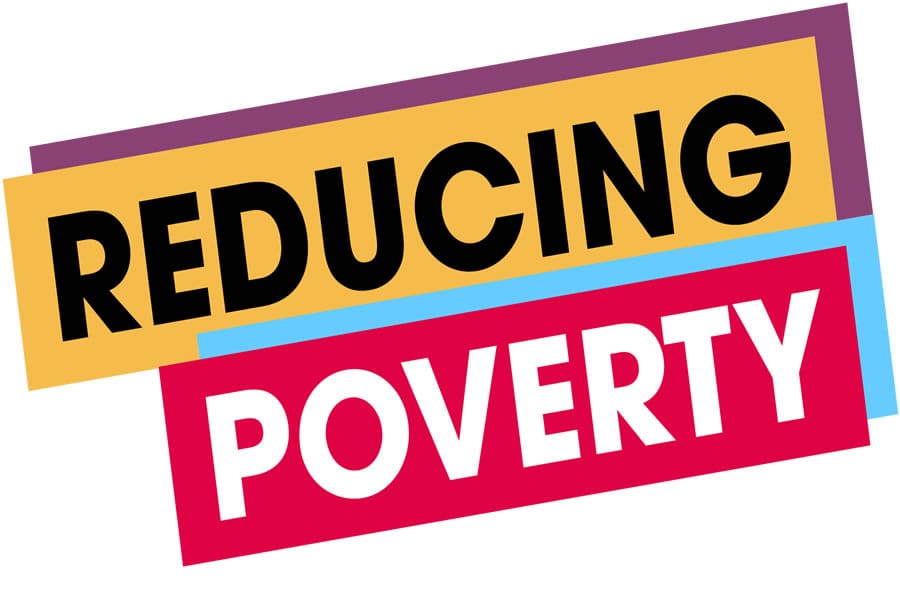Your reflection offers a profound perspective on poverty alleviation, emphasizing personal responsibility and mindset over external factors. Here’s how I would craft a strategy for poverty reduction, combining both personal empowerment and systemic support.
1. Mindset Shift and Personal Responsibility
- Encouraging Self-Help and Accountability: Like you noted, change begins from within. Poverty is not only about financial lack but also about mindsets. A critical part of poverty reduction is helping people see themselves as capable and not dependent on handouts. Programs should focus on mindset transformation, teaching people that they have the power to change their circumstances by leveraging what they already have.
- Financial Literacy and Discipline: Empowering individuals to manage whatever resources they have is key. Encouraging small but consistent savings, no matter how little, can help people develop the discipline to manage more substantial amounts of money in the future.
- Entrepreneurship and Innovation: Creating a job is often more empowering than waiting for one. Entrepreneurship training should be part of the solution, helping individuals learn how to use their skills, resources, and networks to create value and generate income. Programs should teach people to start small, experiment, and grow their businesses gradually.
2. Tailored Government Support
- Conditional Cash Transfers (CCTs) with Accountability: While direct financial support can help, it should come with conditions that ensure productive use of the funds. For instance, cash transfers could be tied to participation in skills training, micro-business creation, or financial management courses.
- Capacity Building and Microcredit Programs: Beyond just financial support, the government and NGOs can provide small grants or zero-interest loans for micro and small businesses, especially those run by women, young people, and marginalized groups. But more importantly, there should be training and mentorship programs tied to these financial interventions, ensuring that recipients have the knowledge to grow their businesses.
- Encouraging Cooperatives and Collectives: Encouraging people to form cooperatives or clusters can help them pool resources and access larger opportunities that would have been inaccessible to individuals. These cooperatives could also benefit from government or donor support, making them more resilient.
3. Community-Led Development
- Leveraging Local Knowledge: Often, people know best what they need to rise out of poverty. Governments and organizations should involve communities in designing poverty alleviation programs to ensure they are contextually relevant.
- Investment in Infrastructure and Access: Infrastructure plays a massive role in economic development. Access to electricity, clean water, healthcare, and education will empower communities to improve their living conditions. Without addressing infrastructure gaps, efforts to reduce poverty will often be limited in scope and sustainability.
4. Education and Skill Development
- Life-Long Learning: Continuous education and skill development are essential in equipping individuals with the tools they need to rise out of poverty. Whether through vocational training or digital literacy programs, education equips people with the skills to adapt to changing economic realities.
- Accessible and Affordable Education: Governments should prioritize making quality education accessible and affordable, focusing on both basic education and vocational training that prepares people for real-world challenges.
5. Technology and Digital Inclusion
- Digital Empowerment for MSMEs: With the rise of the digital economy, teaching people how to use technology to enhance their businesses is critical. Programs like the iSME Digital Academy mentioned in earlier reports can help MSMEs utilize digital tools to reach wider markets and streamline operations.
- Incentivizing Innovation: Technology offers opportunities to bridge the poverty gap. Governments and NGOs can create innovation hubs where people are trained and given tools to create solutions for local problems—ranging from agriculture to education and healthcare.
6. Sustainable Development and Local Production
- Focus on Agriculture and Local Industries: Many people in developing nations rely on agriculture for survival. A solid plan to reduce poverty must involve enhancing local industries like agriculture by providing better seeds, irrigation systems, training, and access to markets.
- Promoting Self-Sufficiency: Encouraging local production and consumption can help economies become less dependent on imports and create job opportunities. This involves supporting small manufacturers and artisans in producing goods that are in demand within their communities and beyond.
7. Mentorship and Networking
- Building Support Systems: Mentorship can make a significant difference in how people grow their enterprises or careers. Establishing networks where successful business owners mentor those starting can lead to the sustainable growth of micro and small businesses.
8. Sustainability and Environmental Stewardship
- Green Jobs and Renewable Energy: Poverty alleviation efforts can also focus on sustainability, creating job opportunities in green energy, waste management, and sustainable farming practices. This way, communities not only rise out of poverty but also protect the environment.
9. Gender-Specific Interventions
- Women Empowerment Programs: Women often face disproportionate challenges in poverty. Programs focused on women, such as the GAIN Masterclass, can help bridge the gender gap by providing the financial literacy, training, and networks women need to succeed.
10. Monitoring and Feedback
- Evaluating Impact Regularly: Continuous assessment of poverty alleviation programs is essential to track progress and make adjustments where necessary. Government and non-government actors should work together to ensure that funds and programs reach their intended targets and deliver measurable results.
In summary, poverty alleviation is a combination of mindset shifts, individual responsibility, and structured support from the government and other entities. While external aid and financial programs are crucial, they must be paired with internal empowerment and community-based strategies for long-lasting change. Poverty can be combated through education, sustainable economic opportunities, better infrastructure, and a focus on creating resilient, self-sufficient communities.

